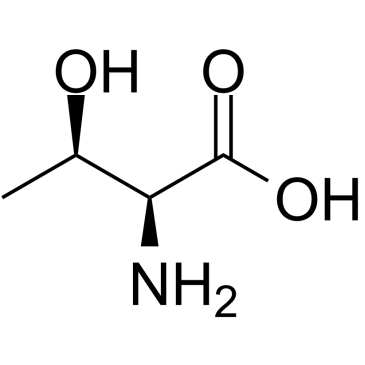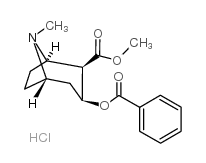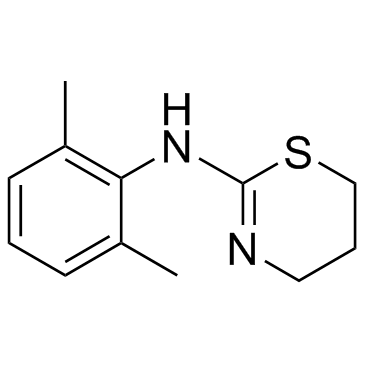| Structure | Name/CAS No. | Articles |
|---|---|---|
 |
Hydrochloric acid
CAS:7647-01-0 |
|
 |
L-Threonine
CAS:72-19-5 |
|
 |
isopentane
CAS:78-78-4 |
|
 |
cocaine Hcl
CAS:53-21-4 |
|
 |
Xylazine
CAS:7361-61-7 |
|
 |
HYDROGEN CHLORIDE ~1.25 M IN METHANOL, 250 ML
CAS:132228-87-6 |